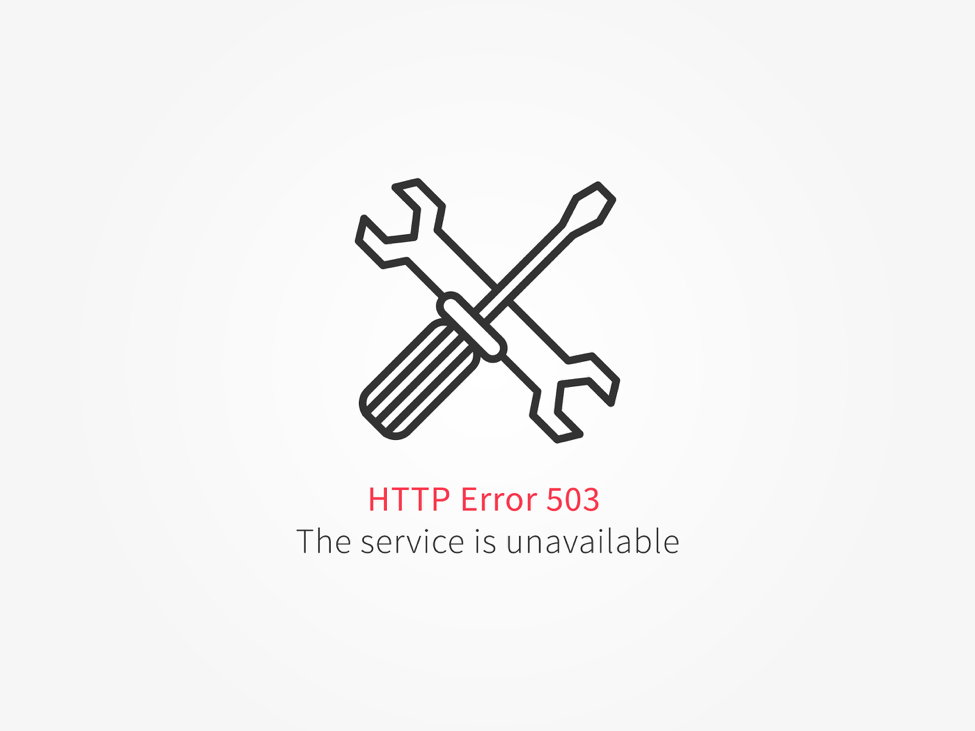“5 Steps to Creating a Productive Blogging To Do List” plus 1 more | |
| 5 Steps to Creating a Productive Blogging To Do List Posted: 11 Apr 2017 07:00 AM PDT
I have always been a to do list writer, but I haven’t always used a to do list productively. See if any of the following sound familiar, you:
None of the above are productive ways to use a to do list, but it is possible to use a to do list to make you more productive. You just need to put thought into it and ideally have a defined process behind the approach you take. I have evolved my to do list process over the years and for the last two years have found a process that not only allows me to get stuff done, but it makes sure I get the right stuff done. To be productive we need to do more than get more work done. We need to get the right things done. It is worth noting that you will never get everything done that you want to do. We have so many ideas for things that we want to do and no matter how productive we are, we simply will not be able to do all of them unless of course we hire ourselves a team of VAs and that is a whole other blog post! Being productive doesn't mean doing it all, it means choosing wisely where to spend your time, energy and attention to help you achieve your goals. An effective to do list will help you work productively. 1. Create a weekly master listIdeas floating around in our head can distract us from our task at hand. We often keep thinking of things because we don’t want to forget them. Thinking about a new idea for a product you could create while your writing your latest blog post however, will see your attention split and as a consequence the blog post takes longer to write. Allocate a time once a week where you create a master weekly to do list. Sunday afternoon afternoons work well for me. I find that after sometime off work over the weekend, I have lots of ideas to get out of my head. Using a simple A4 size notebook I write two columns – the first is for blogging and the second is for family and household tasks. I write the two lists at the same time as I find once I start writing things to do, they all come to my mind and I just separate them out in columns on the page. It is a great feeling to have everything out of your head and on to paper. 2. Write down your goalOn another page I will create my to do list for Monday. I will write the day and date, then write my blogging goal for the year at the top of the page. Writing down your goal regularly reminds you of what the goal is and writing it before you choose what tasks you are going to do for the day helps increase your focus on what is most important over the longer term.
Your to do list might contain these activities:
To help prioritise them you would look at your stated goal for the year. If you have chosen your goal well for the year, your goal acts as a decision making filter for you. For example, if your goal was to increase revenue by creating your own products then your first task should be to write module one of the course. If you goal however was to build your newsletter list, then writing your newsletter should be your first task. 3. Write down your key projectTo achieve your goal for the year, there will most likely be a number of projects you will need to complete. If we follow on from the example above and your goal was to increase revenue by creating your own products, you current project might be creating an online course. You would write that as your project at the top of your to do list and make sure that you spend some time on your project every work day. 4. List three tasks for your dayWith your goal for the year and current project at the top of your page, you would then turn to your master list and choose three tasks that will help you achieve your goal and project. Limiting the tasks you put on the list prevents you from choosing a range of easy tasks. It is much easier to sit down and clear out your inbox, respond to comments and spend time on social media than it is to write the first module for your online course. By limiting your tasks to three, you have the room to choose tasks that will add value to your blogging bottom line. 5. Visualise your dayMany of you may have read the point above and are now shaking your head thinking visualising my day sounds all woo woo. I used to think this too until I tried it. It truly makes a difference. Having written my to list the night before, when I head to the gym first thing in the morning, I can better visualise my day. I visualise what I am going to do when I get home from the gym to get things organised at home for the day. This allows me to get straight into my work when I get back from taking the kids to school. I then visualise which will be the first task I will work on for the day, I visualise the break I will take once I have finished my first work session, then repeat the process by visualising the next task I will work on. Visualisation works because it reinforces your priorities and they are front of mind. So when I sit in front of my computer and I am tempted to head to my inbox, there is a disconnect experienced – this doesn’t match up to my visualisation and I am much more likely to resist the temptation and start work on my project. Charles Duhigg a Pulitzer-prize winning reporter for The New York Times, writes about the importance of visualisation in his book Smarter Faster Better: The Secrets of Being Productive in Life and Business.
Then it is a matter of rinse and repeat. Through out the week as you think of things you need to do, you add them to your master list. At the end of each work day you write your to do list for the next day, with your goal and project at the top of the page. As the week ends, you create your new master list and you are once again setting yourself up for a productive week via your to do list. How do you create your to do list for blogging?The post 5 Steps to Creating a Productive Blogging To Do List appeared first on ProBlogger. |
| The Complete Guide to HTTP Codes and Redirects Posted: 10 Apr 2017 07:00 AM PDT HyperText Transfer Protocol, or HTTP codes and redirects, are vital to your SEO efforts. Status code 400 and 500 errors can derail your web traffic, and cause Google Panda penalties. HTTP codes and redirects can be caused by DNS errors, server errors, and robots failure. "Sitemaps that contain bad URLs are called "dirty sitemaps", and they can lead to the engines losing trust in those sitemaps," according to Search Engine Watch. "For example, providing URLs that 404, 302, 500, etc." Understanding HTTP codes and redirects will allow you to avoid status code errors, dirty sitemaps, and Google penalties, allowing you to optimize your search engine results and ranking. Let's take a closer look at how this complete guide to HTTP codes and redirects can move your SEO marketing strategy forward in a powerful way. What are HTTP codes and redirects, and why are they so important for marketers?HTTP codes are essentially notes from a web server that is added to a webpage. They are not part of the webpage itself, however, HTTP codes and redirects are vital messages from the server, according to Lifewire. The server uses HTTP codes and redirects to let you know how your request to access a specific webpage went. These little server messages are like sticky notes. Once your browser gets them from the server, they are returned. It may not sound all that interesting, but make no mistake, HTTP codes and redirects can make a big impact when troubleshooting website configuration errors. They are also helpful for marketers to boost SEO efforts as well. HTTP Codes and Redirects Happen Every Time You Click You may not notice HTTP codes and redirects, but they are always there. Every time you click or whip something up in a URL, your browser is requesting access from a web server. Once the server receives your request to view a webpage, it processes the request, and then allows you access with the HTTP header for that webpage. All this happens behind the scenes, unless there is a problem. HTTP codes and redirects go relatively unnoticed. That is, unless the web server finds an issue with your request as it processes it to send back. If a problem arises, you will see an HTTP code instead of gaining access to the webpage. The Google 404 code is the most common of all HTTP codes and redirects. You probably have seen this at least once or twice during your browsing history. And marketers need to know how to locate these errors. Google support explains, "The Crawl Errors report for websites provides details about the site URLs that Google could not successfully crawl or that returned an HTTP error code." Classes of HTTP Codes and Redirects Marketers Need to KnowThere are more than 40 unique server codes. However, you will most likely only see a handful. HTTP codes 404 and 301 are two you may be familiar with already. Getting an idea of what each HTTP code and redirect is pointing to can help your SEO efforts, and keep your website Panda penalty free. These five classes of HTTP codes and redirects are certainly worth exploring.
Each class of status codes has several, more specific codes within them, highlighted by Mozilla Developer Network. Each specific code has a very important meaning. Knowing where to find HTTP codes and redirects is a valuable asset if you are running a website with SEO in mind. Where to Find Specific HTTP Codes and RedirectsFinding specific HTTP codes and redirects that don't appear due to an error with the webpage or server is not as challenging as you may think. You can utilize browser extensions like Firefox or Chrome, or employ a header-fetching tool and other online HTTP checkers. Understanding specific HTTP codes and redirects is essential to marketers. You can see how the webpages you are overseeing check out periodically. Here are a few important for marketers to embrace.
When Marketers Should Use 301 HTTP Code RedirectsUsing 301 HTTP code redirects can be useful for marketers. A 301 redirect is simply an HTTP code that is used when a page or URL has been permanently moved to a new one. There are also useful redirect HTTP codes like 302 and the Rel canonical tag, which is like a 301 redirect. And each of these unique redirects can serve a specific purpose in your SEO efforts. For example, a 301 redirect will move your inbound links and page records for one URL to another. In theory, it will transfer the prior URL's past benefits with it. A 302 HTTP code redirect can be used to temporarily redirect your site visitors while you are doing maintenance or running tests. It will not redirect bots, however, you will be able to keep your traffic value and rankings with a 302 redirect. The Rel canonical tag is another useful redirect for marketers. It is like a reverse 302 redirect, when bots will be redirected, but visitors will not. However, you will be allowed to have duplicate content users without Google Panda penalties. HTTP Code and Redirect Tips for Marketers and SEOsMarketers and SEOs should have a plan in place for dealing with HTTP code errors, and when using redirects. Using 301 redirects instead of 302 redirects may help maintain your link juice. When you come across an HTTP code 404 errors, you should manually review those pages to get a clearer picture of why the request was not successful. HTTP code 404 errors with valuable links that are up for long periods should be 301 redirected as well. Customizing 404 pages with navigational options is best practice. This will allow your visitors to reroute their request. Utilizing a Rel canonical tag instead of a 404 page can also save your from a Panda penalty. Remember that 500 and 503 HTTP code errors are server related. If you come across these error messages, it is a good idea to inspect your server or connect with your web host. HTTP codes and redirects are not always the bearers of bad news for marketers. Redirects are often quite useful when it comes to keeping your pagerank, mozrank, and traffic value. Understanding the most common HTTP codes and redirects will help you troubleshoot and keep the Google Panda off your back too. Marketers who succeed simply never stop learning, and this guide aims at facilitating that SEO success. Marcela De Vivo, CEO of Gryffin Media, is a search veteran who has been in the industry since 1999. Marcela draws on an deep expertise in both organic and paid search to help companies large and small increase their revenue from digital marketing. Her emphasis has been in creating integrated marketing strategies that include paid, organic, social, and PR to build authoritative domains that have strong visibility across a variety of channels. The post The Complete Guide to HTTP Codes and Redirects appeared first on ProBlogger. |
| You are subscribed to email updates from ProBlogger. To stop receiving these emails, you may unsubscribe now. | Email delivery powered by Google |
| Google Inc., 1600 Amphitheatre Parkway, Mountain View, CA 94043, United States | |





0 comments:
Post a Comment